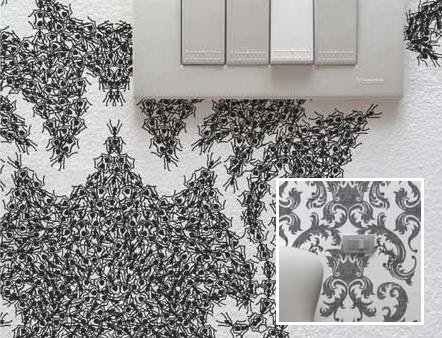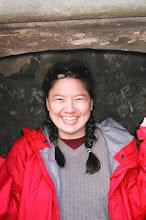New website design
I am also playing around with a new design for my genus pages. This can be seen on the Tranopelta page. I am very enamored of Jochen H. Bihn's Ants of Cachoeira website, especially the genus pages (for example), which have all the relevant information on one page, so it is easy to see everything at once, and am trying to accomplish something similar (although clearly with much less knowledge of web design). It is of course still under construction, but I would appreciate any feedback that you may have. What sort of information would be most useful to have? What format is easiest to work with? Are the colors annoying? Any feedback at all would be appreciated. Thank you.
















